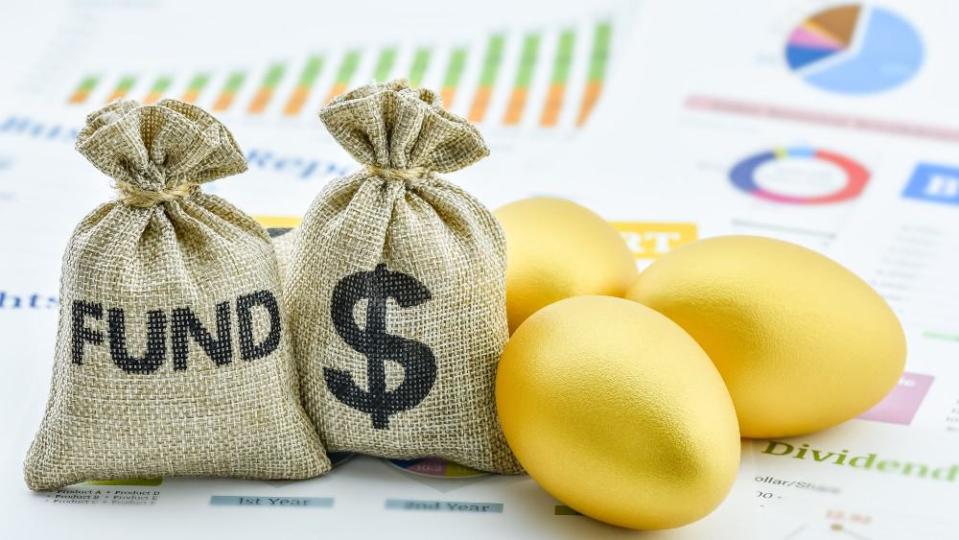I’d Aim for $1 Million Buying Just 5 To 10 TSX Stocks

Written by Puja Tayal at The Motley Fool Canada
Are you investing without a goal in mind? Do you have 40 to 50 stocks in your portfolio without satisfactory returns? Your financial goals determine your investment strategy and the type of stocks you need. If your goal is to earn $1 million, you are looking for growth stocks that can double or triple your money in some time.
Preparing an investment plan for a $1 million portfolio
The way compounding interest works, the first $1 million takes the most time. After that, the million doubles at a faster rate. How? Let’s look at an example. Suppose your portfolio gives an average annual return of 6%. Your initial investment of $10,000 would earn you $600. But a $1 million portfolio will earn you $60,000. If you keep reinvesting your $60,000, you can reach $2 million in 12 years at a 6% average return.
And even if you decide to withdraw $30,000 every year, your $1 million portfolio could become $2 million in 19 years at a 6% average return. As for 6%, even dividend stocks can give you that much return.
Year | Investment | Investment Return @ 6% | Withdrawals | Total Amount |
2023 | $1,000,000 | $60,000 | -$30,000 | $1,030,000 |
2024 |
| $61,800 | -$30,000 | $1,061,800 |
2025 |
| $63,708 | -$30,000 | $1,095,508 |
2026 |
| $65,730 | -$30,000 | $1,131,238 |
2027 |
| $67,874 | -$30,000 | $1,169,113 |
2028 |
| $70,147 | -$30,000 | $1,209,260 |
2029 |
| $72,556 | -$30,000 | $1,251,815 |
2030 |
| $75,109 | -$30,000 | $1,296,924 |
2031 |
| $77,815 | -$30,000 | $1,344,739 |
2032 |
| $80,684 | -$30,000 | $1,395,424 |
2033 |
| $83,725 | -$30,000 | $1,449,149 |
2034 |
| $86,949 | -$30,000 | $1,506,098 |
2035 |
| $90,366 | -$30,000 | $1,566,464 |
2036 |
| $93,988 | -$30,000 | $1,630,452 |
2037 |
| $97,827 | -$30,000 | $1,698,279 |
2038 |
| $101,897 | -$30,000 | $1,770,176 |
2039 |
| $106,211 | -$30,000 | $1,846,386 |
2040 |
| $110,783 | -$30,000 | $1,927,170 |
2041 |
| $115,630 | -$30,000 | $2,012,800 |
So if you are in your mid-20s, you can create a $1 million portfolio in a Tax-Free Savings Account (TFSA) and retire at age 40. When you turn 60, your money could grow to $2 million.
How is this possible? As per the above model, you spend (3%) less than you earn (6%). The balance goes to generating returns while your $1 million stays invested.
How many stocks do you need to create a $1 million TFSA portfolio in 11 years?
Now that you know how your investment strategy changes depending on your goal, let’s focus on building the $1 million portfolio. The number of stocks has nothing to do with your returns. The TSX has over 250 stocks. But you only need five to seven stocks you understand and can follow regularly.
If you invest $6,000 annually in your TFSA and earn a 10% compounded average return, you can hit the $1 million mark after 11 years. Some years may be bullish and some bearish but aim to get 10% average returns in the long term. Here’s how.
When you select your stock, ask why you are investing in it. How much do you expect this stock to go up? And then review the stock’s performance periodically to see if it is on track. You can keep investing in the same stock whenever it dips from your purchase price and reduce your overall cost. Also, keep booking profits when the stock reaches your target.
Suppose you have 100 shares of X, keep 60 shares for long-term buy and holds and 40 for short-term opportunistic profit booking.
One stock to get you started
Nuvei (TSX:NVEI) is a good stock to buy now as it dipped 24% in May after the company reported a loss in first-quarter earnings. The loss is a one-time expense as it completed the acquisition of Paya.
Nuvei payments platform is impacted by economic weakness because of its dependence on e-commerce for revenue. Moreover, it is exposed to crypto cyclicality. Paya’s acquisition will open up a new opportunity of enterprise payments from non-cyclical verticals. It will reduce Nuvei’s exposure to e-commerce and bring revenue growth stability. Nuvei stock could grow and fall 20–50% in the short term and give an average return of 10–15% over the medium term.
Nuvei is a good stock to buy at or below $45. I expect the stock to cross $80 in the growth phase. That is a good price for short-term profit booking.
The post I’d Aim for $1 Million Buying Just 5 To 10 TSX Stocks appeared first on The Motley Fool Canada.
Should You Invest $1,000 In Nuvei?
Before you consider Nuvei, you'll want to hear this.
Our market-beating analyst team just revealed what they believe are the 5 best stocks for investors to buy in May 2023... and Nuvei wasn't on the list.
The online investing service they've run for nearly a decade, Motley Fool Stock Advisor Canada, is beating the TSX by 23 percentage points. And right now, they think there are 5 stocks that are better buys.
See the 5 Stocks * Returns as of 5/24/23
More reading
Fool contributor Puja Tayal has no position in any of the stocks mentioned. The Motley Fool has positions in and recommends Nuvei. The Motley Fool has a disclosure policy.
2023

 Yahoo Finance
Yahoo Finance 